 1 citations
,
October 2020 in “PubMed”
1 citations
,
October 2020 in “PubMed” Hormone testing may not be very helpful in diagnosing female pattern hair loss.
November 2014 in “PharmaTutor” Finasteride may help postmenopausal women with hair loss but is not effective for all and should be used cautiously in premenopausal women.
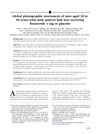 35 citations
,
February 2012 in “Journal of The American Academy of Dermatology”
35 citations
,
February 2012 in “Journal of The American Academy of Dermatology” Finasteride significantly improves hair growth but may cause sexual side effects.
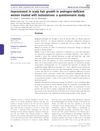 21 citations
,
October 2011 in “British Journal of Dermatology”
21 citations
,
October 2011 in “British Journal of Dermatology” Testosterone therapy helped 63% of androgen-deficient women grow scalp hair, but more research is needed.
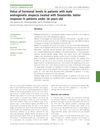 18 citations
,
March 2008 in “British Journal of Dermatology”
18 citations
,
March 2008 in “British Journal of Dermatology” Finasteride works better for hair loss in patients 26 or younger.
 2 citations
,
January 2008 in “Journal of Pakistan Association of Dermatology”
2 citations
,
January 2008 in “Journal of Pakistan Association of Dermatology” Finasteride 1mg daily effectively increases hair growth and slows hair loss in men with male pattern baldness over two years.
 31 citations
,
October 2005 in “British Journal of Dermatology”
31 citations
,
October 2005 in “British Journal of Dermatology” Hair loss in women not always linked to increased oil production; other factors may be involved.
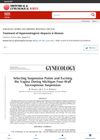 June 2003 in “Obstetrical & Gynecological Survey”
June 2003 in “Obstetrical & Gynecological Survey” Hair loss in women can be treated with hormone therapy.
5 citations
,
January 1993 in “Hormone and Metabolic Research” DHEA and DHEA-S help maintain underarm hair in older women.
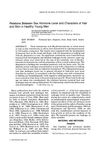 18 citations
,
May 1992 in “American Journal of Biological Anthropology”
18 citations
,
May 1992 in “American Journal of Biological Anthropology” Higher androgen levels do not cause baldness in men.
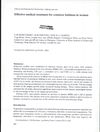 43 citations
,
July 1984 in “Clinical and Experimental Dermatology”
43 citations
,
July 1984 in “Clinical and Experimental Dermatology” Antiandrogen therapy helped increase hair growth in women with hormonal imbalances related to baldness.
6 citations
,
January 1977 in “Archives of dermatological research”









